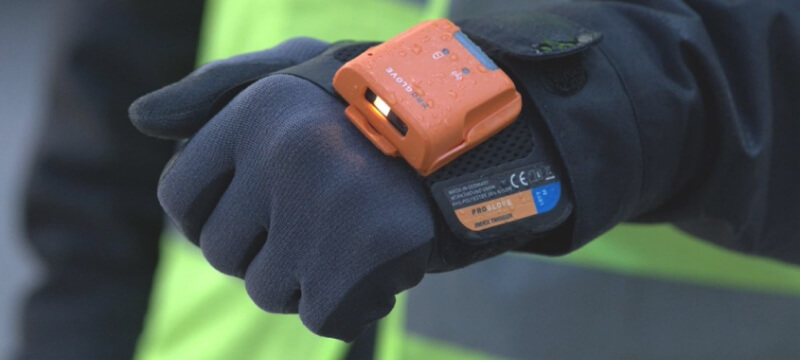People-first productivity through human-machine collaboration

Most warehouse operations are on an ongoing mission to maximize efficiency and productivity. Therefore, they are keen on optimizing workflows, automating processes where possible, and reducing errors.
And yet, we are living in extraordinary times. The Great Resignation and Quiet Quitting phenomena, combined with the global labor shortage pose a productivity risk. Add global supply chain issues and declining outputs and the ability to maximize profits quickly disappears.
Overcoming these challenges requires a shift in thinking. It requires innovation and enabling human- centered productivity. That starts with these core tenets.
Enact seamless human-machine collaboration
Doing more with less is now the name of the game. It’s little wonder then that there’s calls for an expansion of robotics and advanced automation. Yet there is always a gap at the interface of technology and human labor. Therefore, proper human machine collaboration calls for interconnectivity. In other words, it requires the integration of human operators into the Internet of Things.
Augment the human worker
Traditionally, humans and machines have been juxtaposed as competitors rather than collaborators. This is not the right outlook, neither in theory nor in practice. Technology and automation are there to support human work. They need to amplify and augment the human worker.
Introduce wearable barcode scanners
Wearable barcode scanners are a critical fix to address the chasm. They bring the advantage of always keeping the worker’s hands free. This facilitates the input-output routines, saving up to six seconds per scan. It is important, however, that the wearable scanner does not become a shackle. In practice, glove or back-of-hand scanners have proven to be particularly advantageous. This is because they sit on the back of the hand. Thus, they occupy an area of the body that is dispensable for most activities.
Tap into the meta data advantage
The best of breed wearable barcode scanners have another important advantage. They are equipped with sensors that can read additional meta-data. Such data includes the place of use, the number of steps, but also the total number of scans and their duration. In combination with a software solution that processes and refines this data businesses can capture a true picture of their shop floors. This will let organizations identify hotspots or blockers. In addition, they can use time-motion studies to obtain valid insights into the lead times and whether sufficient personnel are on site.
This view complements the top down or as-expected-perspective of a WMS or ERP system. And it is precisely this aspect that is becoming a decisive advantage for warehousing and logistics companies. This will help them raise their productivity and effectively counteract the labor shortage.
To find out more about how to implement people-led productivity register for our next Smart Factory Lab!

